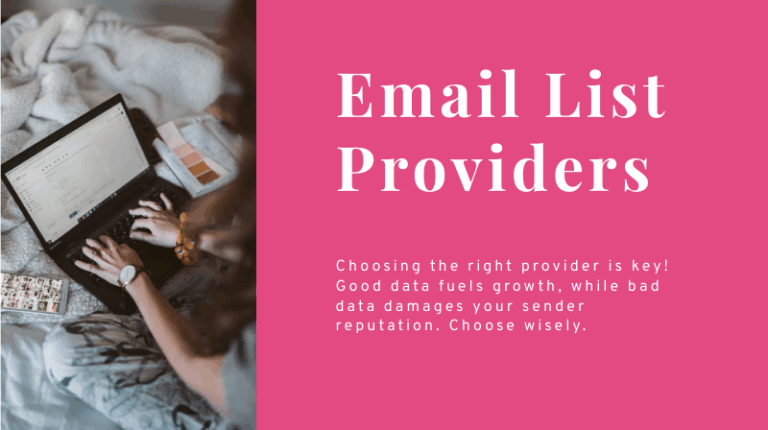
Think about what it takes to keep your home or office neat. Everything from important documents to paper clips to coffee cups needs a place; if too many items are missing or where they shouldn’t be, an orderly space quickly devolves into chaotic clutter. Multiply that by a factor of thousands, and you start to see what a challenge it can be to store, retrieve, and interpret data with ease. Data enhancement processes that impose order and symmetry on the chaos created by the torrents of information you collect can eliminate clutter and give you insight into the meaningful data you already have.
It doesn’t have to be spring to give your data the thorough cleaning it needs to deliver useful results and become a revenue driver. Here are steps you can take today to improve the accuracy of your customer contact information and the relevance of your marketing data.
Establishing Your ROI
If you don’t know what your data costs in upkeep or how much it’s likely to earn for you, you can’t get a handle on how much it’s truly worth. Investing in marketing automation technology and database management is a critical step toward setting higher ROI goals, but even before you buy in, you can lay the foundation for improved returns with proper documentation. Note the current state of your data, paying close attention to the issues caused by missing or incorrect data, hard bounces, inaccurate customer information, and missed opportunities due to incomplete contact records.
Getting It Together
A relational database is only as effective as the information it contains. Without a comprehensive view of all the data, it can’t draw inferences and see important relationships. Data is frequently siloed in marketing and sales departments and may even be mutually inaccessible. Your customer data is a wealth of information for marketing data as well. For example, seeing frequent incorrect deliveries, queried invoices, and product returns can tell you precisely where you need to shore up overall data quality. Marketing data integration is a key part of data enhancement, so working with a data consultant to guide you through the process can make it painless.
Completing Records
Once you’ve set your baseline goals and housed your data in an integrated system, it’s time to look at the completeness of your customer and prospect records. Do you have most of the blanks filled in on contact information, or are you still missing a lot of data? Do you have the demographic details in place but lack behavioral and contextual information? Does your data give you a sense of history about each lead and customer so you know where they are in the overall buying life cycle? These are questions data enhancement services can help you answer. Whether you verify your house list against a master database or access an already enhanced business mailing list from a third party, complete information is key to higher revenue.
Visualizing Success
There’s a reason infographics are so well-liked: We’re visual creatures. More than 60 percent of the sensory centers of our brains are devoted to sight, so making data easy to visualize just makes good use of the exquisitely sensitive instruments we already have in our heads. Charts, graphs, and Venn diagrams that show where audiences overlap and where they’re distinct are incredibly useful tools for communicating a large volume of information economically.
Data never stops flowing in, and that means the process of maintaining order in your database can’t stop either. With data enhancement and analysis, you’re able to stay on top of the knowledge you gain and use it to fuel growth.
© Reach Marketing LLC 2016 All Rights Reserved.



